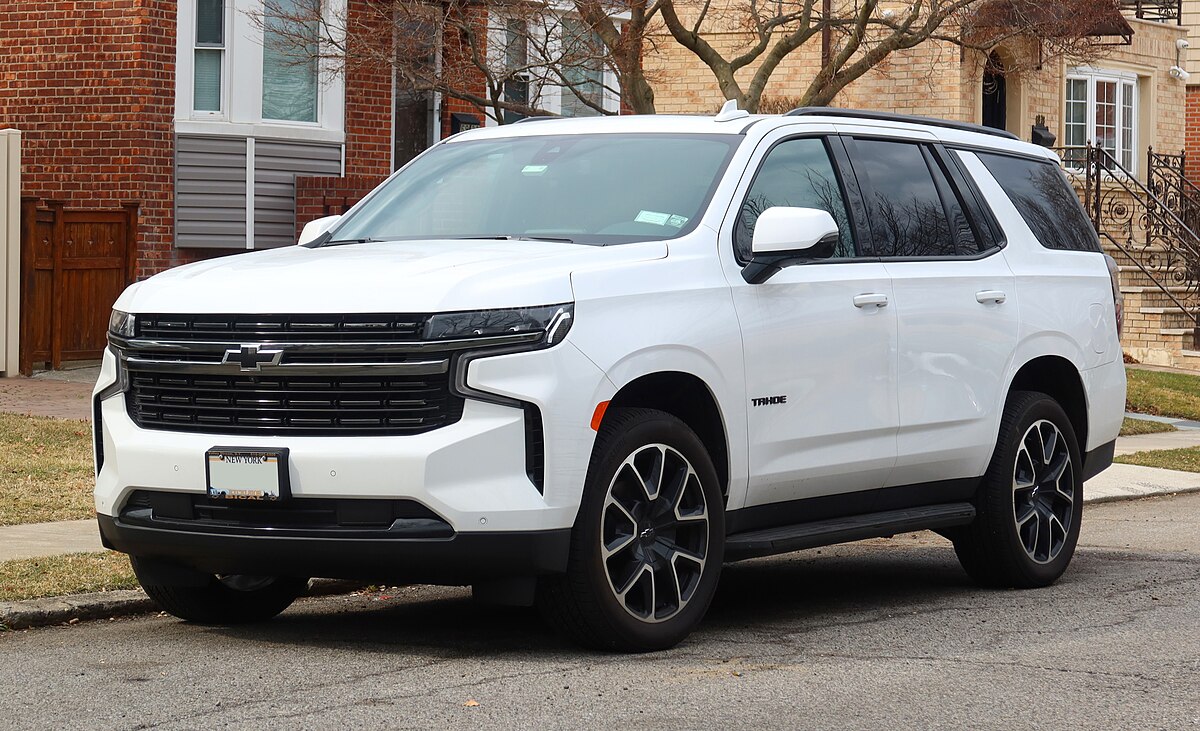Brake systems are among the most critical components in any vehicle, directly tied to safety, performance, and driving confidence.
Whether navigating steep mountain roads, managing emergency stops, or enduring repeated use in daily commutes, a brake system must perform consistently under pressure.
While many modern vehicles come equipped with disc brakes and advanced electronic aids, not all brake systems are created equal. Some remain solid under stress, resisting fade, warping, and vibration even during prolonged or aggressive driving.
Others, unfortunately, reveal flaws in design or material quality, showing signs of rotor warping, pulsation, or premature wear under similar conditions.
This article explores both ends of the spectrum. First, we highlight five brake systems known for their outstanding durability under demanding conditions, found in vehicles where engineers prioritized braking performance and thermal stability.
Then, we examine five systems prone to rotor warping, which can lead to uncomfortable vibrations, decreased braking efficiency, and increased maintenance costs.
Whether you’re a performance enthusiast, frequent commuter, or cautious shopper looking for long-term reliability, understanding which brake systems excel—or fail—under stress can help guide your next automotive decision.
From rock-solid performers to recurring problem spots, this guide separates the best from the rest.
Also Read: 5 Cars That Don’t Depreciate and 5 That Are Instant Money Pits
5 Brake Systems That Stay Solid Under Stress
Brake performance becomes truly evident when a vehicle is pushed beyond casual driving—whether during extended downhill descents, emergency situations, or frequent stop-and-go traffic.
Under these stress conditions, some brake systems maintain a consistent, composed response, while others suffer from fade, vibration, or premature wear.
This section focuses on five brake systems that rise to the occasion, consistently staying solid under stress.
Automakers that prioritize brake durability and thermal stability often equip their vehicles with high-quality rotors, well-matched calipers, and sufficient ventilation to resist heat buildup.
These design details may seem minor, but they make a major difference in real-world scenarios. When rotors remain true, pedal feel stays firm, and stopping power remains predictable—even after repeated use—drivers are rewarded with confidence and control.
This list doesn’t focus purely on high-performance sports cars. Instead, it highlights a mix of vehicles that include family SUVs, reliable sedans, and utility-focused trucks—each offering braking systems engineered for durability and consistency. These vehicles reflect the balance between everyday usability and long-term resilience.
We’ve selected these brake systems based on owner feedback, expert reviews, and real-world stress testing. Our criteria included resistance to rotor warping, fade control during prolonged braking, and minimal vibrations over time.
These are the vehicles that won’t let you down when it matters most—on steep grades, in hot weather, or during that sudden stop.
Now, let’s explore five vehicles equipped with brake systems that stay cool under pressure and continue to perform reliably, mile after mile.
1. 2023 Toyota 4Runner
The Toyota 4Runner is best known for its rugged off-road capability, but an often-overlooked strength lies in its rock-solid brake system.
The 2023 model, like its predecessors, comes equipped with a ventilated disc setup at all four corners, designed to maintain consistent performance even under grueling terrain and steep descents. It’s no coincidence that the 4Runner remains a top pick for outdoor enthusiasts who regularly put their brakes to the test.
Unlike many SUVs that experience fade or vibration during prolonged braking, the 4Runner’s system holds its own. The rotors are thick, well-ventilated, and engineered to dissipate heat effectively.
Whether you’re crawling down a rocky trail using low-range gears or making your way down a winding mountain pass, the brake pedal remains firm and predictable, free from sponginess or vibration.
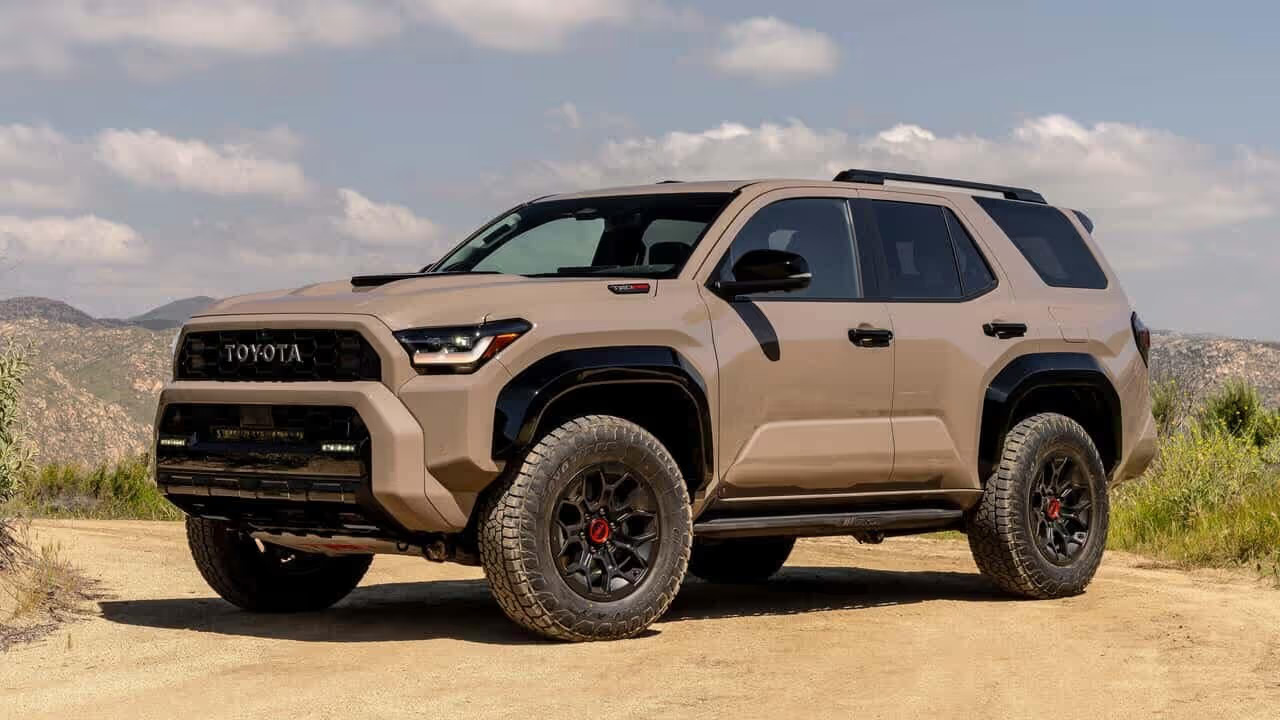
One major contributor to its reliability is Toyota’s use of simple but robust materials. There are no overcomplicated components prone to early failure, and the calipers are large enough to provide steady clamping force even with a full load.
This SUV is frequently used for towing and hauling, so its brakes are designed to manage extra weight without compromising safety or control.
Driver reports often highlight how the 4Runner’s brakes feel consistent from the first mile to the fiftieth. Even after years of use, it’s common for rotors to remain unwarped, requiring only routine pad replacement and fluid changes.
This is especially impressive given the heavy curb weight of the vehicle, which can place additional stress on the system.
It’s also worth noting that the vehicle’s electronic aids, like downhill assist control, seamlessly work with the hardware to minimize strain. This smart integration adds an extra layer of reassurance during steep, technical drives.
While the 4Runner’s platform is aging in many ways, its brake system continues to outperform expectations in stress-heavy environments.
In a market filled with flashy designs but inconsistent durability, Toyota’s commitment to overbuilt reliability stands firm—literally and figuratively—when you need your brakes to work their hardest.
2. 2022 Honda Accord
The Honda Accord has long been a benchmark in the midsize sedan segment, and its brake system is a big part of that reputation. While it’s not a performance car on paper, the 2022 Accord delivers braking performance that consistently surprises both owners and reviewers alike.
Its front and rear disc setup—combined with a finely tuned brake booster and linear pedal feel—makes it one of the most dependable systems in real-world stress scenarios.
What sets the Accord apart is its composure during repeated hard stops. Whether you’re navigating fast-moving urban traffic or coming off the highway at speed, the system remains responsive, resistant to fade, and free of any pulsation or grinding.
Brake rotors tend to stay true even past 60,000 miles, and few owners report issues with warping, squeaking, or uneven pad wear—problems that often crop up in this segment.
Honda’s engineers invested heavily in the Accord’s brake tuning, focusing on pedal modulation and feedback.
The result is a confident, predictable bite that responds accurately to driver input. It’s not overly grabby nor sluggish, which means drivers can brake with precision during high-speed lane changes or evasive maneuvers.
Another noteworthy feature is how well the system manages temperature. Even on long downhill drives or stop-and-go commutes in summer heat, brake fade is nearly non-existent.
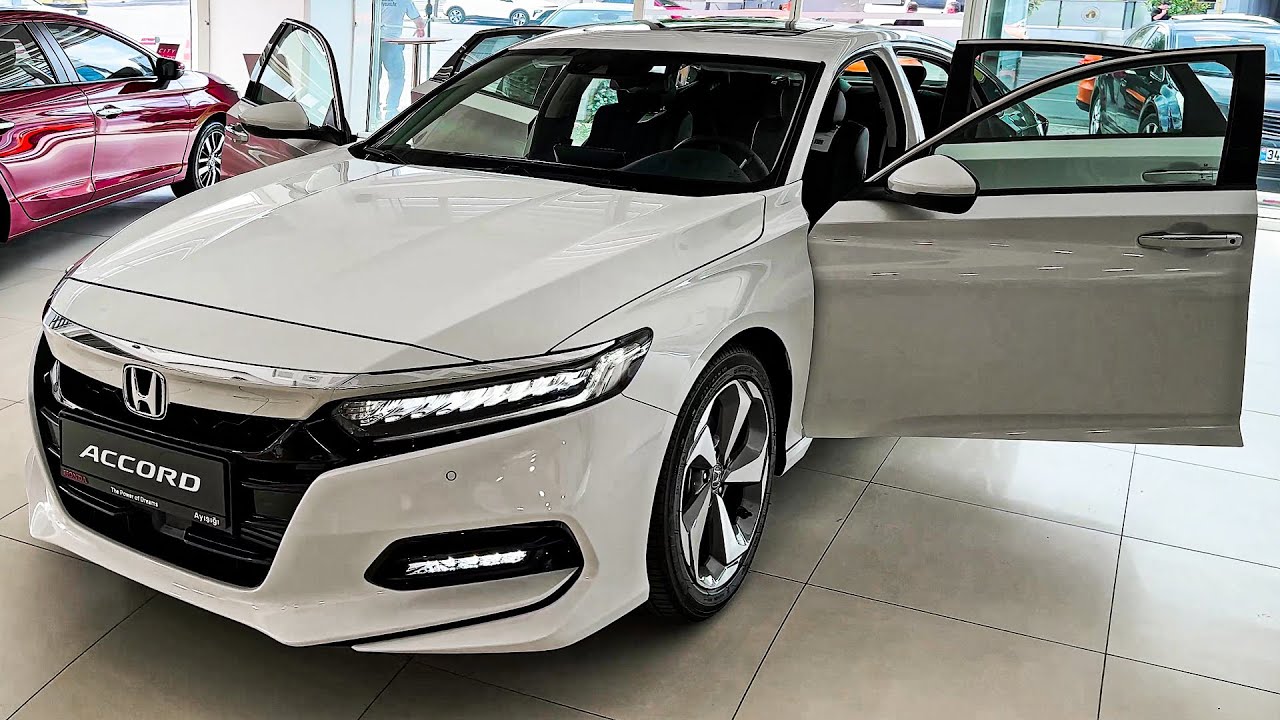
The rotors and calipers are appropriately sized, and the vehicle’s electronic brake distribution (EBD) ensures braking force is applied exactly where needed based on road load and weight transfer.
Many mid-size sedans in this class eventually develop minor brake issues after a few years, but the Accord’s components hold up under prolonged use. Fluid changes and pad replacements are usually all that’s needed to keep the system in top shape.
The Accord’s solid brake performance is a testament to how smart design and quality materials can make a commuter car feel far more upscale and dependable. It’s not just a point A to B car—it’s a car you can trust to stop quickly, evenly, and quietly no matter the pressure.
3. 2023 Chevrolet Tahoe
The Chevrolet Tahoe is a large SUV by any standard, and its size alone demands a braking system that can handle extreme pressure. Fortunately, the 2023 model is equipped with one of the most dependable brake setups in its class.
Designed with towing, hauling, and family transport in mind, the Tahoe’s brake system proves that even a heavyweight vehicle can stop with confidence and composure—time after time.
Chevrolet fits the Tahoe with large, ventilated disc brakes at all four corners, accompanied by strong calipers and thick rotors. The system is tuned to manage the vehicle’s substantial weight without compromising on pedal feel or response.
Whether you’re descending a long mountain road with a trailer in tow or making sudden stops in urban traffic, the Tahoe’s brakes remain firm and fade-resistant.
What’s particularly impressive is how composed the system feels during repeated applications. Brake fade, which can occur in similarly sized vehicles, is rarely reported here.
GM’s engineering focused on rotor durability, heat dispersion, and brake pad longevity, and the result is a setup that doesn’t require frequent service or suffer from vibration-related issues like warping.
Many owners and testers note the system’s consistent pedal pressure and linear response, which contributes to overall driver confidence.
Even when fully loaded with passengers and cargo, the Tahoe’s brakes offer steady stopping power without excessive dive or uneven feedback. The optional trailer brake controller also integrates seamlessly, reinforcing its status as a trustworthy family-and-utility hauler.
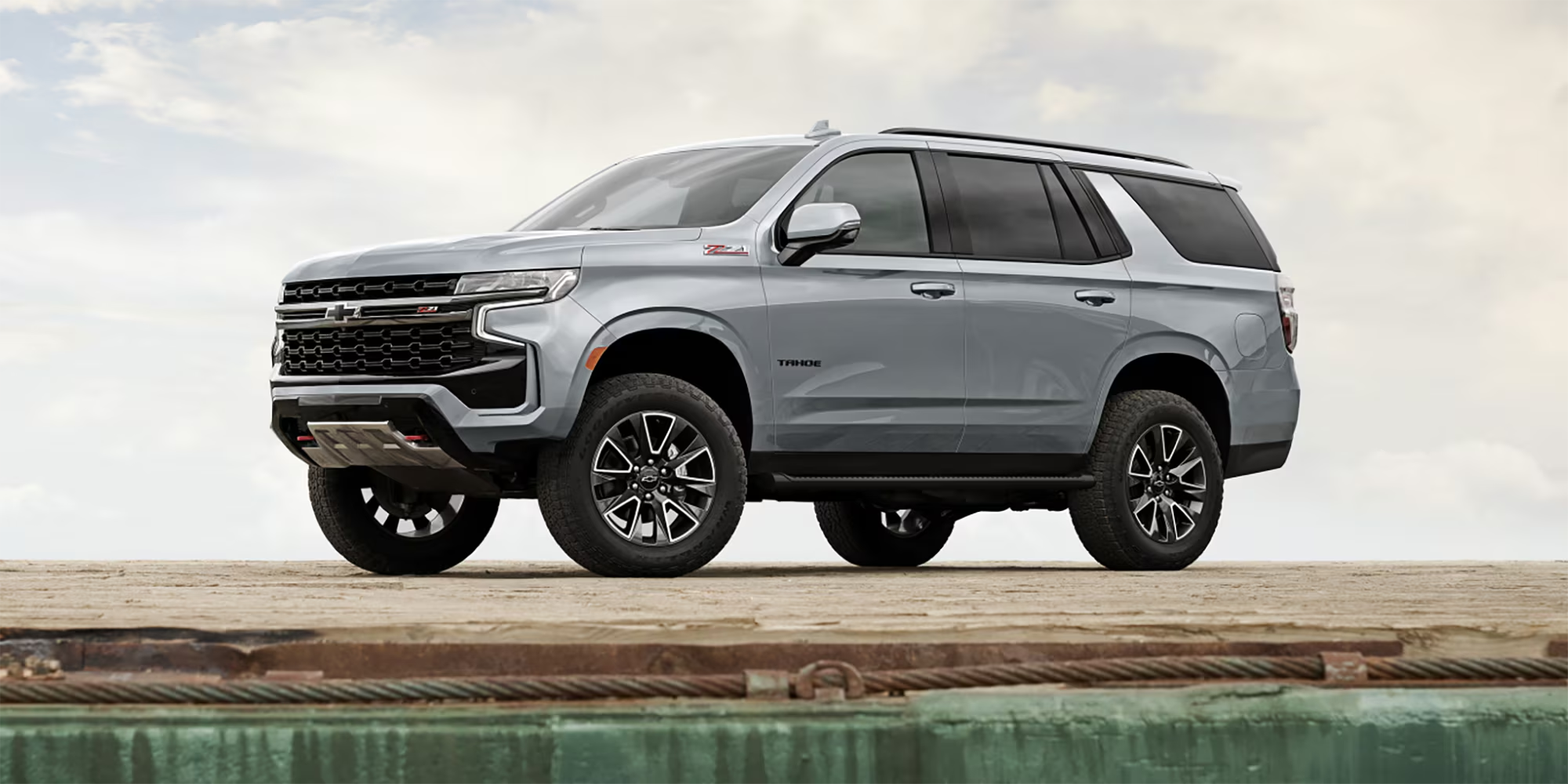
From a serviceability standpoint, the Tahoe also scores well. Brake jobs are relatively straightforward, and the components are built to withstand long mileage intervals between rotor or pad replacements. With proper fluid changes, the system continues to perform as it did off the dealer lot for years.
In a segment where many large SUVs are criticized for clumsy or unpredictable braking, the 2023 Chevrolet Tahoe stands out. It delivers big stopping power with reassuring consistency, offering peace of mind for those who depend on their vehicle in high-stress or high-stakes driving situations.
4. 2023 Subaru Outback
Subaru designed the 2023 Outback to straddle the line between SUV capability and car-like drivability, and its brake system plays a major role in that balance.
While not a high-performance machine by any means, the Outback’s braking components are impressively durable and consistent—especially under the kinds of stress most crossover owners experience: dirt roads, downhill travel, and emergency braking in mixed weather.
The Outback uses ventilated discs on all four corners, with solid calipers and a tuned electronic brake-force distribution system that ensures braking stability on uneven or unpredictable terrain.
It’s part of Subaru’s broader strategy of engineering vehicles that can handle not just the daily commute, but spontaneous mountain adventures or winter-weather surprises.
Owners routinely report stable brake performance during long descents, with no noticeable fade or rotor pulsing—even after repeated applications.
What makes the system stand out is its adaptability. In dry conditions, the Outback brakes smoothly and predictably.
In the wet or while descending steep gravel roads, the same system provides ample grip and stopping confidence without needing an excessive stomp on the pedal.
Subaru’s symmetrical all-wheel-drive system also contributes here by minimizing nose-dive and keeping braking forces distributed more evenly than in many front-heavy rivals.
Real-world owners and testers alike have remarked on how the Outback resists early warping, especially in environments where temperature fluctuations or abrasive road debris can typically wear down components quickly. Even after years of mixed use, the Outback’s rotors tend to stay flat, and pads wear evenly.
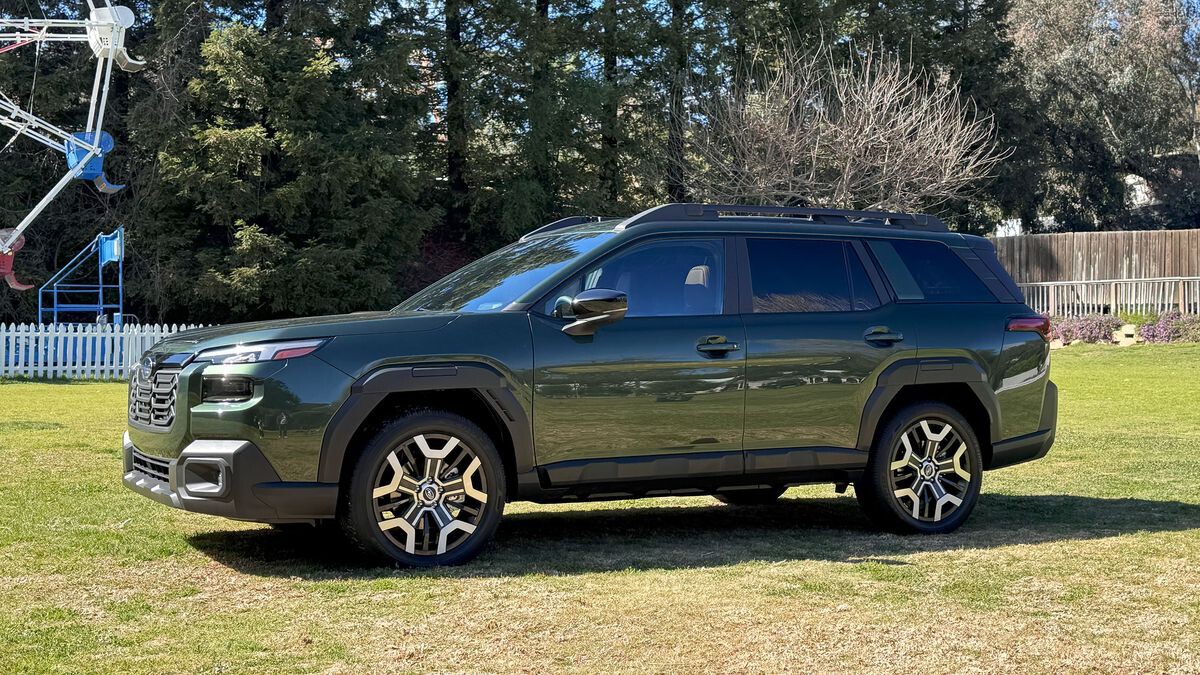
Maintenance is also straightforward. Pad swaps and rotor resurfacing are infrequent if the system is used within normal operating limits. The electronic brake assist system rarely malfunctions, and brake fluid remains clear and responsive well into five-digit mileage territory with basic upkeep.
Subaru clearly prioritized long-haul resilience when designing this braking system. It may not wow in terms of outright stopping distance numbers, but when it comes to consistent, fade-free operation over a variety of road conditions, the Outback punches well above its weight—an excellent example of a mid-size crossover that doesn’t crumble under pressure.
5. 2023 Lexus GX 460
The 2023 Lexus GX 460 may not be the most modern SUV in terms of platform age, but its engineering—especially in the braking department—has stood the test of time.
Designed to balance luxury with rugged, body-on-frame off-road capability, the GX comes equipped with a braking system that is not only reliable under normal driving conditions but also exceptionally consistent during prolonged or heavy-duty use.
The GX 460 features large ventilated discs front and rear, with durable dual-piston calipers up front that deliver strong and evenly distributed clamping force. For a vehicle tipping the scales at over 5,100 pounds, that’s essential—and the system doesn’t disappoint.
Despite its mass, the GX remains stable and manageable under hard braking, with little nose-dive and no sense of brake fade, even when descending steep inclines or towing at capacity.
What owners and experts both appreciate is how the GX maintains braking confidence even when pushed.
Whether navigating steep, winding mountain passes or tackling heat-inducing stop-and-go traffic in summer, the rotors resist warping and the pads maintain consistent grip.
Lexus’s focus on quality control, material selection, and component longevity pays off here, especially when compared to other large SUVs in its price range.
The brake pedal itself offers a firm yet progressive feel—easy to modulate during city cruising but also predictable when you need to come to a stop quickly with a full load.
Lexus also integrated features like Brake Assist and Electronic Brakeforce Distribution, which contribute to a more refined response under dynamic conditions.
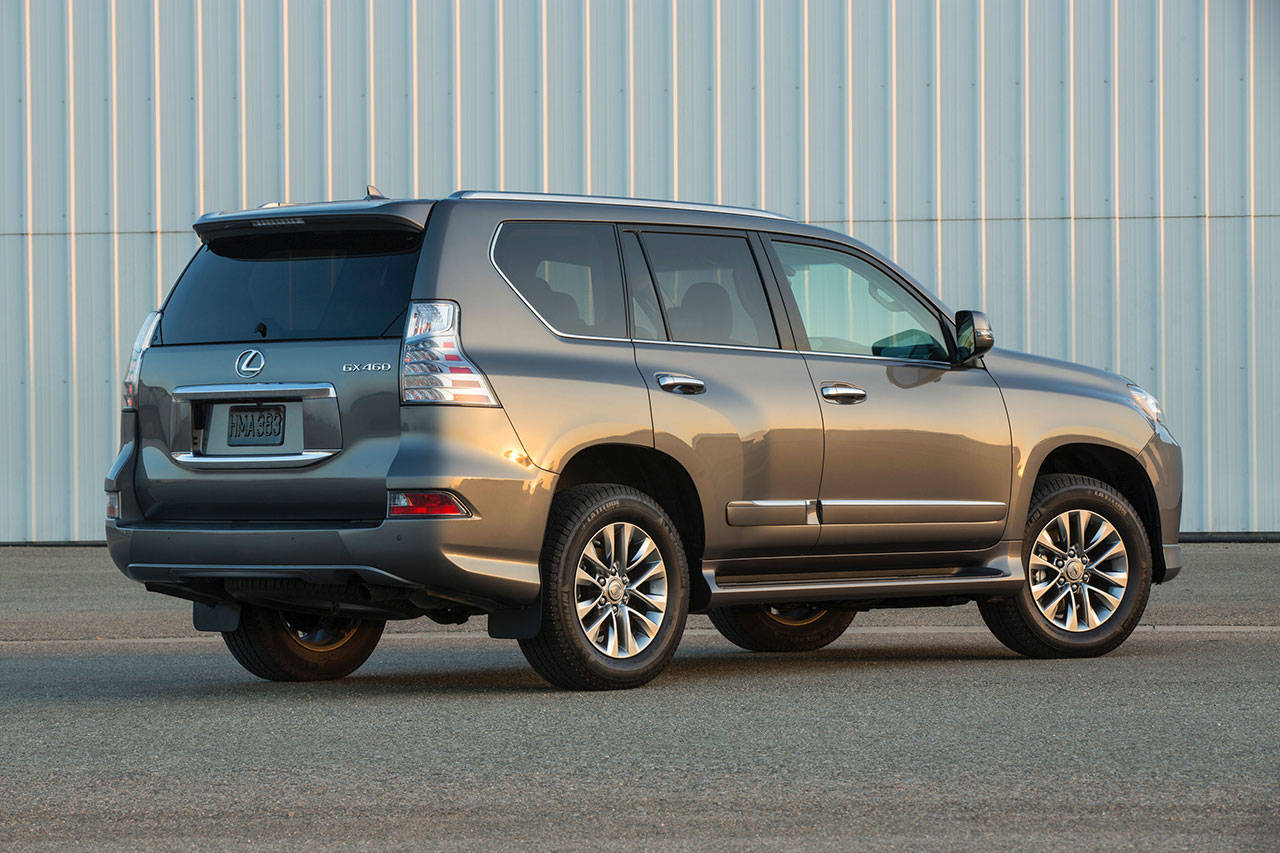
Another benefit is long-term reliability. Unlike many heavy SUVs that require rotor replacements under 50,000 miles, the GX 460’s brakes tend to last significantly longer with only pad replacements and fluid flushes needed.
Squealing, pulsation, and early fade are rare complaints, even among owners who regularly take their GX on extended road trips or light trail use.
For drivers who value strength and consistency over flash, the Lexus GX 460’s brake system is a quiet performer that delivers time and again—no drama, no breakdowns, just predictable stopping power in a vehicle that’s built to handle much more than pavement.
When Brake Systems Fail to Keep Their Cool
While some vehicles excel under pressure, others fall short—particularly when it comes to brake performance.
A warped brake rotor isn’t just a minor annoyance. It can cause vibrations, inconsistent stopping distances, squealing sounds, and even compromise safety when you need to stop quickly.
Unfortunately, some manufacturers miss the mark by prioritizing cost savings or style over the durability and heat management necessary for reliable braking. In this section, we examine five vehicles known for brake systems that just don’t hold up well under stress.
Rotor warping can result from poor heat dissipation, subpar materials, or a brake design that simply can’t handle the weight and power of the vehicle it’s attached to. Sometimes, it’s about repeated hard stops or steep downhill driving that overwhelms the system.
Other times, it’s the result of mismatched components—rotors and pads that degrade at different rates or calipers that apply uneven pressure. Whatever the root cause, the outcome is the same: drivers are forced to replace or resurface rotors and pads far more often than expected.
This list isn’t about nitpicking a single bad model year or isolated complaints. These are vehicles that, across several production runs and among large owner bases, have built a reputation for brake systems that are prone to warping, fading, or failing to inspire confidence.
Many owners have faced repeated trips to the service bay just to restore basic braking smoothness. For anyone who values peace of mind behind the wheel, it’s a frustrating and expensive problem to endure.
Whether you’re shopping for a used vehicle or trying to understand why your current car’s brakes feel like they’re wobbling under your foot, these are five models where the brake system simply struggles to stay true—especially when the pressure’s on.
1. 2017–2020 Honda CR-V
The Honda CR-V is often praised for its reliability, practicality, and fuel efficiency—but when it comes to brake performance in the 2017 to 2020 model years, things take a noticeable dip.
Owners of these otherwise well-rounded SUVs have repeatedly reported premature brake rotor warping, even under normal driving conditions. For a compact crossover not expected to haul or tow, the frequency of these complaints has become hard to ignore.
The primary issue lies in the front brake rotors. Many drivers notice pulsating brake pedals, vibration during highway braking, and uneven stopping power within the first 15,000 to 30,000 miles—sometimes even earlier.
Dealerships often resurface the rotors temporarily, only for the symptoms to return months later. In many cases, full rotor replacements become necessary far sooner than the industry average, especially for a vehicle class that generally sees less aggressive usage.
Part of the problem may be linked to Honda’s lightweight component strategy. To boost fuel economy, materials used in the braking system may sacrifice thermal mass and durability.
The result is rotors that overheat easily, especially during stop-and-go traffic or when descending hills. Combine this with average-quality OEM pads and minimal airflow to cool the brakes, and it’s a setup prone to thermal stress and eventual warping.
What makes this issue frustrating is the lack of heavy-duty demands on the CR-V. Owners aren’t racing or hauling trailers—just commuting, road-tripping, or running errands. Yet the problem persists across trims, including those with the turbocharged engine.
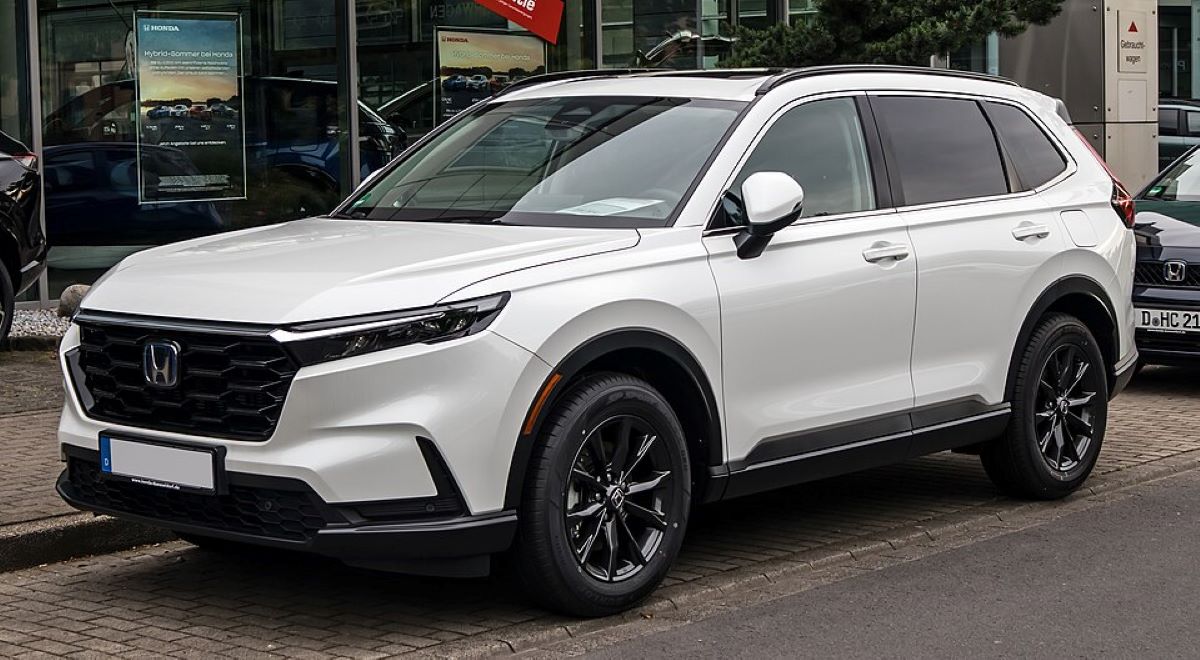
Several Honda forums and consumer review platforms show a pattern: complaints about warped rotors, dealership visits, and repeated fixes that don’t seem to last.
Honda never issued a widespread recall for this brake issue, but technical service bulletins (TSBs) were released acknowledging uneven pad wear and rotor surface irregularities. The long-term fix? Aftermarket solutions.
Many owners have turned to higher-grade rotors and ceramic pads from third-party suppliers to address the problem permanently—something that shouldn’t be necessary on a late-model compact SUV.
For shoppers considering this CR-V generation, it’s wise to budget for upgraded brakes early on or be prepared for recurring trips to the shop. While the rest of the vehicle is engineered with dependability in mind, the braking system is undeniably its weakest link during this era.
2. 2015–2018 Ford Edge
The second-generation Ford Edge, specifically the 2015 to 2018 models, gained popularity for its stylish design and smooth ride, but behind that polish lies a significant and frequently reported flaw—brake rotors that warp well before their expected service life ends.
For a vehicle marketed as a premium-feeling midsize SUV, the brake performance in these years is anything but confident.
Owners began reporting issues as early as 10,000 miles, with symptoms including steering wheel shake during braking, vibrations felt through the brake pedal, and degraded stopping smoothness.
In many cases, dealerships would resurface the rotors or perform temporary pad swaps, but these interventions only delayed the inevitable return of the problem. Some owners went through two or even three sets of rotors within the first 40,000 miles.
A key contributor to the issue is heat buildup. The Edge is not a light vehicle—especially in its AWD or Titanium trims—and when equipped with the 2.0L EcoBoost or 3.5L V6, its added torque places more stress on the brakes than the system seems engineered to handle.
The factory rotors, while adequate on paper, have proven inadequate in real-world driving, especially when subjected to urban stop-and-go traffic or extended highway braking.
Unlike performance cars or trucks towing heavy loads, the Ford Edge’s warped rotor issues occur under everyday driving. What makes this particularly frustrating for owners is that it’s not due to misuse or aggressive habits. In fact, many Edge drivers say they baby their brakes, only to still suffer from pulsation and premature rotor wear.
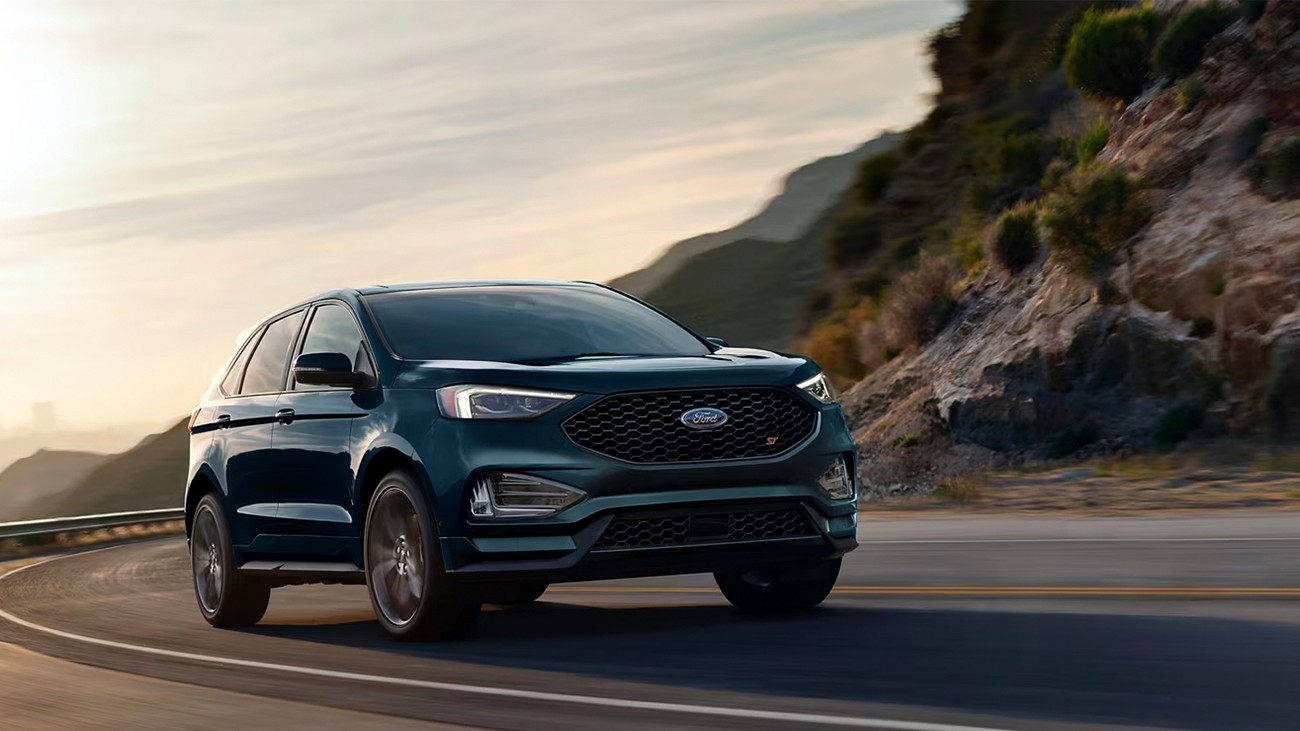
Ford has acknowledged the issue through service bulletins, and updated parts have trickled into circulation. However, these haven’t fully eliminated the problem.
Many owners have turned to aftermarket performance rotors and ceramic pads to solve what the OEM components couldn’t—adding extra cost to a vehicle already priced toward the premium end of the midsize SUV market.
Ultimately, the 2015–2018 Edge serves as a cautionary tale: even in well-equipped, nicely styled crossovers, essential components like brakes can be overlooked in the engineering process.
For those shopping used or currently driving one of these models, upgrading the brakes may be less of an option and more of a necessity.
3. 2014–2017 Chevrolet Silverado 1500
The Chevrolet Silverado 1500, particularly the 2014 to 2017 models, is well-known for its toughness and capability as a full-size pickup. However, many owners have reported brake rotor warping issues that undermine the otherwise solid reputation of this truck’s braking system.
Considering the Silverado’s intended role in towing, hauling, and heavy-duty use, this problem can cause safety concerns and unexpected repair costs.
Warped rotors in these model years often lead to vibrations through the brake pedal and steering wheel, particularly noticeable during highway speeds or repeated hard braking—such as when towing trailers or descending steep grades. This is a serious issue for a truck designed to handle heavy loads, where dependable braking is critical.
Several factors contribute to this problem. The Silverado’s brake rotors, while sized appropriately for the truck’s weight, have been criticized for being made from softer materials that wear unevenly and don’t dissipate heat effectively.
Frequent stop-and-go driving combined with heavy loads or trailer towing creates significant thermal stress, leading to rotor warping and uneven pad wear.
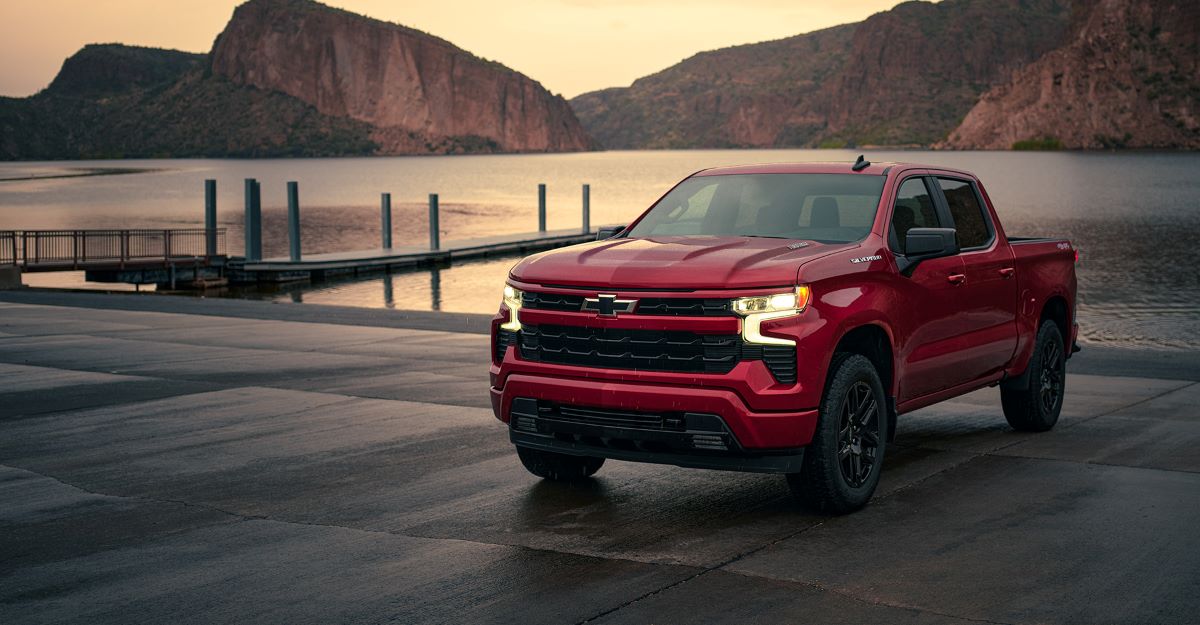
Owners have reported that dealership repairs, including rotor resurfacing or replacement, often provide only short-term relief, with the warping returning after a few thousand miles. This results in a frustrating cycle of brake maintenance and repair costs that can add up quickly, especially for trucks used regularly for work purposes.
The issue is compounded by the Silverado’s ABS and traction control systems, which sometimes exacerbate brake pad and rotor wear under certain conditions.
While GM has issued some service bulletins addressing brake noise and wear, there has not been a full recall or fix addressing rotor warping directly.
To combat these problems, many Silverado owners turn to aftermarket rotors made from harder materials, as well as premium ceramic brake pads designed to reduce heat and wear. These upgrades, while effective, increase the total cost of ownership and highlight a notable shortcoming in the factory brake system.
For anyone relying on a Silverado 1500 for heavy-duty or towing use, being aware of this brake rotor issue is crucial. Without proper maintenance or upgrades, the Silverado’s otherwise reliable performance can be compromised by brakes that warp under stress.
4. 2016–2019 Jeep Grand Cherokee
The Jeep Grand Cherokee is a staple in the midsize luxury SUV segment, known for its off-road prowess and refined ride.
However, between the 2016 and 2019 model years, the Grand Cherokee developed a reputation for brake systems prone to rotor warping and premature wear, causing concern among owners who expected more reliable stopping power from a vehicle in this class.
Brake rotor warping on these models commonly manifests as a pulsing or vibrating brake pedal, uneven braking, and sometimes noise during stops, typically occurring between 20,000 and 40,000 miles.
While the Grand Cherokee is designed to handle rugged terrain, much of its use is on pavement where braking performance should be consistent and dependable.
One factor contributing to this problem is the combination of heavy vehicle weight and aggressive driving styles typical of some owners who take advantage of the Jeep’s powertrain capabilities.
The rotors and pads in the factory brake system appear to be unable to dissipate heat efficiently, leading to thermal stress that deforms the rotor surface. This is particularly true for higher trim levels equipped with larger wheels and sportier tires that generate additional braking heat.
Another concern is the brake system’s sensitivity to environmental factors such as humidity and salt, which can accelerate corrosion and uneven rotor wear. Owners in northern states with harsh winters often report earlier onset of warping symptoms compared to those in milder climates.
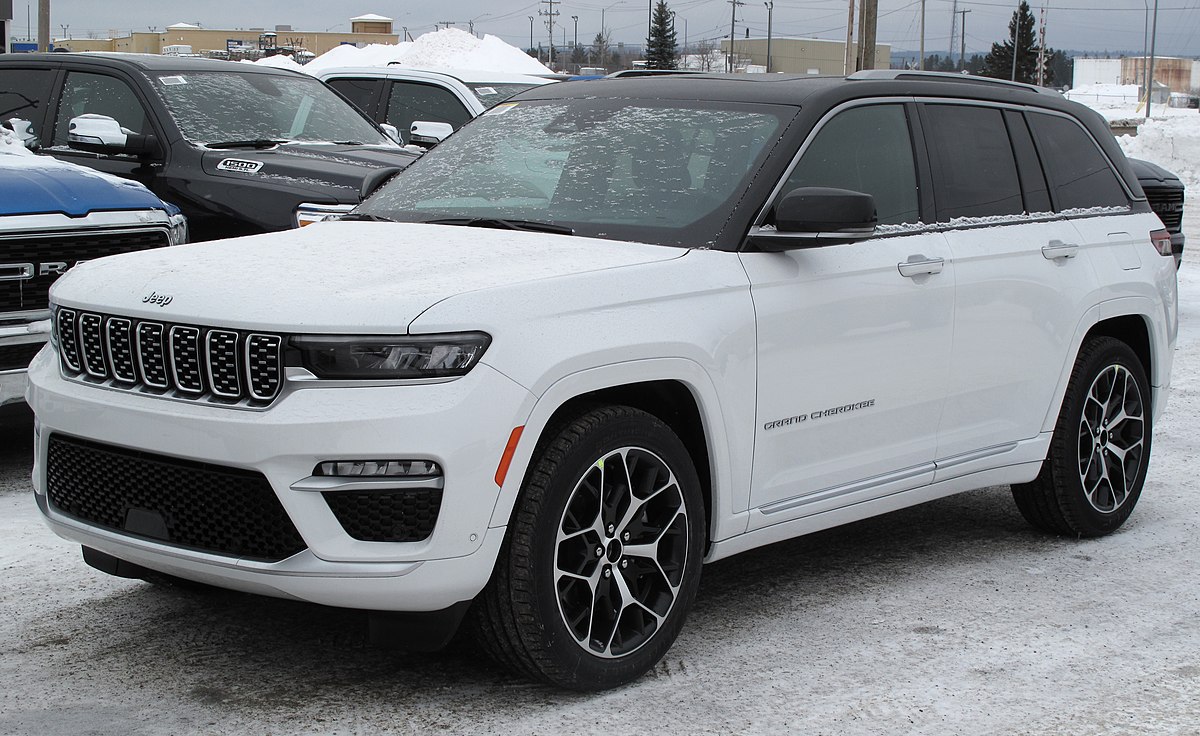
Jeep dealerships have addressed the issue with rotor resurfacing and replacement, but these repairs often offer only temporary relief. Without aftermarket upgrades or careful driving adjustments, many owners face recurring brake problems that affect ride comfort and safety.
The 2016–2019 Grand Cherokee’s brake woes highlight the challenges of balancing performance, luxury, and durability.
While the vehicle delivers in many areas, its braking system during these years is an Achilles’ heel that owners should consider—especially if the vehicle sees heavy or spirited use.
5. 2013–2017 Volkswagen Passat
The Volkswagen Passat, especially in model years 2013 through 2017, has been a favorite midsize sedan for its comfortable ride and European styling.
However, a notable weakness during this generation is the tendency for brake rotors to warp prematurely, leading to vibrations and uneven braking that frustrate many owners.
Brake rotor warping on these Passats often appears within 20,000 to 40,000 miles, well before the expected service interval for brake components. Drivers commonly report a pulsating brake pedal during stops, coupled with noise and reduced braking smoothness.
This issue is prevalent enough that it has become a consistent topic in Volkswagen owner forums and consumer reviews.
A key factor contributing to this problem is the rotors’ material composition and design. While intended to provide smooth braking and quiet operation, the rotors seem unable to handle heat buildup efficiently, especially during repeated braking in urban or hilly environments. The result is excessive thermal stress, causing the rotors to warp and degrade unevenly.
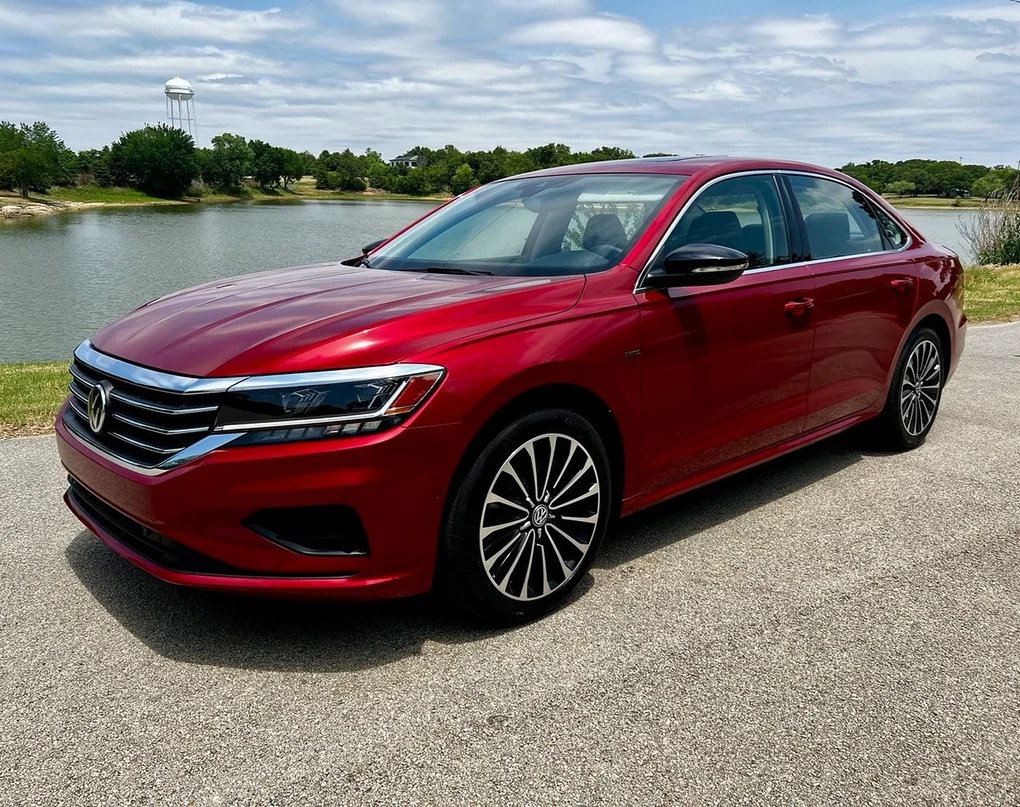
Another contributing element is the OEM brake pads that come standard with these Passats. Some pads wear unevenly or transfer material inconsistently, which aggravates rotor surface conditions and accelerates warping.
This problem becomes more pronounced when the vehicle is used for city commuting, with frequent stop-and-go traffic and short trips where brakes may not cool fully between stops.
Volkswagen has issued service bulletins addressing noise and wear but has not implemented a recall or comprehensive fix targeting rotor warping.
Many owners have resorted to upgrading to aftermarket rotors made from higher-grade materials and ceramic brake pads to mitigate these issues and extend brake life.
For drivers considering a used 2013–2017 Passat or those currently owning one, understanding this brake system limitation is essential.
Regular inspections and proactive maintenance, combined with potential aftermarket upgrades, can help reduce the likelihood of rotor warping and improve overall brake performance.
Brake performance is one of the most critical safety components in any vehicle, yet it is often overlooked until problems arise. This analysis of brake systems that stand firm under stress versus those that warp quickly reveals the complex interplay of engineering, materials, and real-world usage.
Vehicles equipped with robust, well-designed braking components provide drivers with confidence and reliability, ensuring consistent stopping power even under demanding conditions such as towing, mountainous driving, or frequent heavy braking.
These systems typically use high-quality materials, advanced heat dissipation designs, and optimized pad and rotor pairings that minimize wear and prevent warping.
Conversely, brake systems prone to rotor warping reflect weaknesses in material selection, thermal management, or design execution.
The vehicles examined with recurring rotor warping issues—ranging from compact SUVs to full-size pickups and luxury sedans—demonstrate how even well-regarded models can suffer from brake degradation that compromises safety, comfort, and ownership costs.
Many of these problems emerge without aggressive driving or extreme use, indicating inherent design or manufacturing flaws.
Unfortunately, temporary fixes such as rotor resurfacing often only delay the return of symptoms, leaving owners to seek aftermarket solutions or frequent repairs.
For prospective buyers and current owners alike, understanding these differences is essential. Choosing a vehicle with a brake system proven to hold up under stress can prevent headaches, reduce maintenance expenses, and most importantly, enhance safety on the road.
Meanwhile, awareness of models with known brake warping issues allows for proactive maintenance strategies, such as early brake inspections, upgraded rotors, or ceramic pads that help extend component life.
Ultimately, braking system reliability is a key part of overall vehicle quality and driver peace of mind.
Whether navigating city streets, highways, or rugged terrain, knowing which brake systems perform well and which tend to falter equips drivers with the knowledge needed to make informed choices and maintain their vehicles properly for years of safe driving.
Also Read: 5 Cars That Run Quiet Even at 200K Miles and 5 That Sound Like They’re Dying

